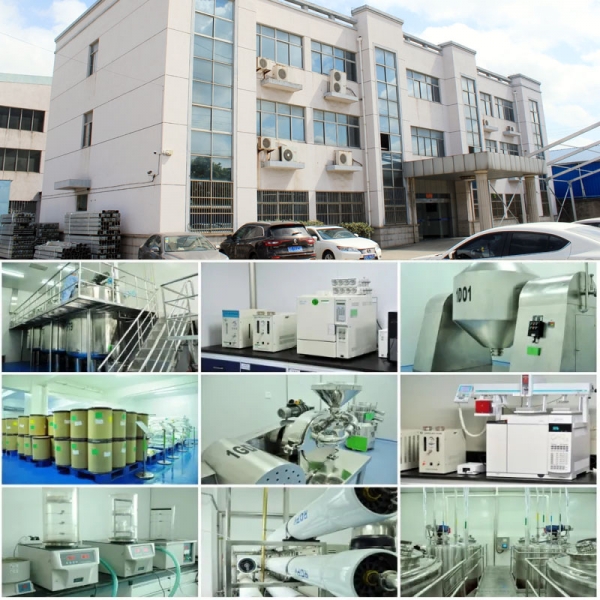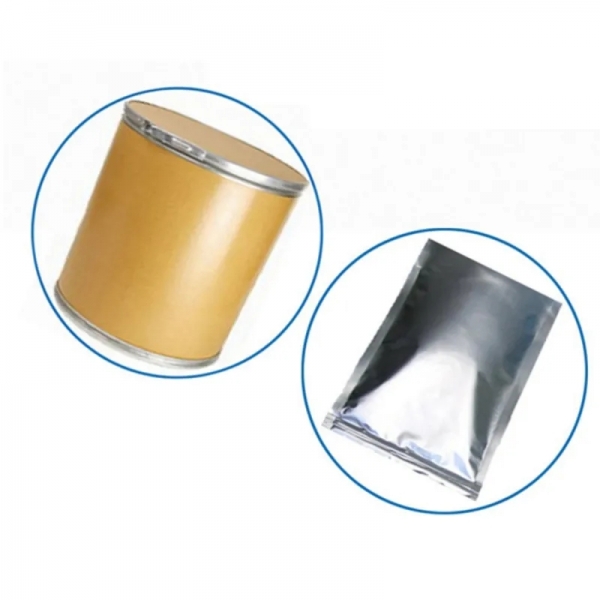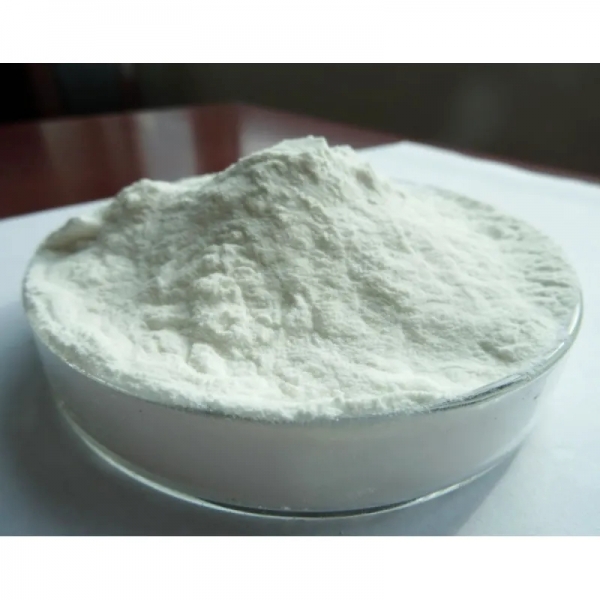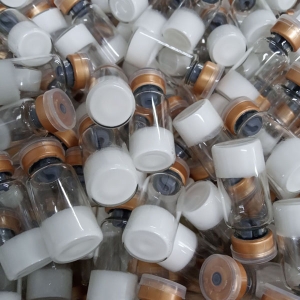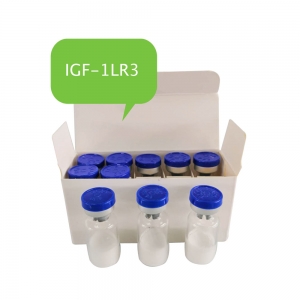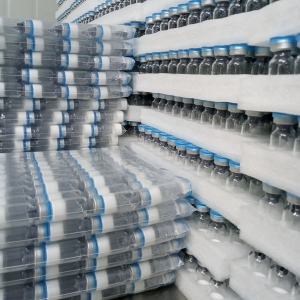Product profile
1) Product Name: Antioxidant propyl gallate
2) Active ingredients: propyl gallate
3) Specification: 99%min
4) Testing Method:FCC
5) Appearance: white crystalline powder
| Items |
Specifications |
| Appearance: |
White crystalline powder |
| Color of solution: |
Clear and colorless |
| Melting point: |
148 - 151 °C |
| Assay: |
98.0 - 102.0% |
| Chloride(Cl): |
0.01% max |
| Gallic Acid: |
0.5% max |
| Loss on drying: |
0.50% max |
| Heavy metals(Pb): |
10 ppm max |
| Arsenic(As2O3): |
3 ppm max |
| Zinc: |
25 ppm max |
| Residue on ignition: |
0.10% max. |
Functions
1. PG also allows the use of forage antioxidants, which are widely used in China and abroad. Chinese regulations can also be used for edible fats, Fried foods, biscuits, instant noodles, quick-boiled rice, canned nuts, dried fish products and preserved meat products. The maximum use is 0.1g/kg. PG has a stronger antioxidant capacity than BHA or BHT, and the synergistic effect is strongest when combined with BHA or BHT. The antioxidant effect of the single opposite product is not as strong as BHA and BHT.
2. PG is also an oil soluble antioxidant that is widely used in China and abroad. The antioxidant capacity of PG was stronger than BHA or BHT, and the synergistic effect was strongest when combined with BHA and BHT. However, the antioxidant effect of the opposite products is not as strong as BHA and BHT. China's regulations can be used for edible fats, Fried foods, biscuits, instant noodles, quick-boiled rice, canned nuts, dried fish products and preserved meat products. The maximum use is 0.1g/kg.
3. This product is a food and feed additive. It is used as a pit oxidizer for grease and lard. It has strong antioxidation, but has the disadvantage of coloring. The dosage is below 0.1g/kg. As a feed antioxidant, the maximum dose is 100ppm. It can also be used in cosmetics. Rats received oral LD50 of 3.8g/kg.
4. Detection of food oil additives.
5. Food, fat, oil, ether, emulsion, wax, transformer oil and other antioxidants.
6. Used as an antioxidant in fats, fatty foods and pharmaceutical preparations; In fluorescence microscopy, it is used as an anti-quenching agent to reduce the light bleaching of rhodamine and fluorescein.









